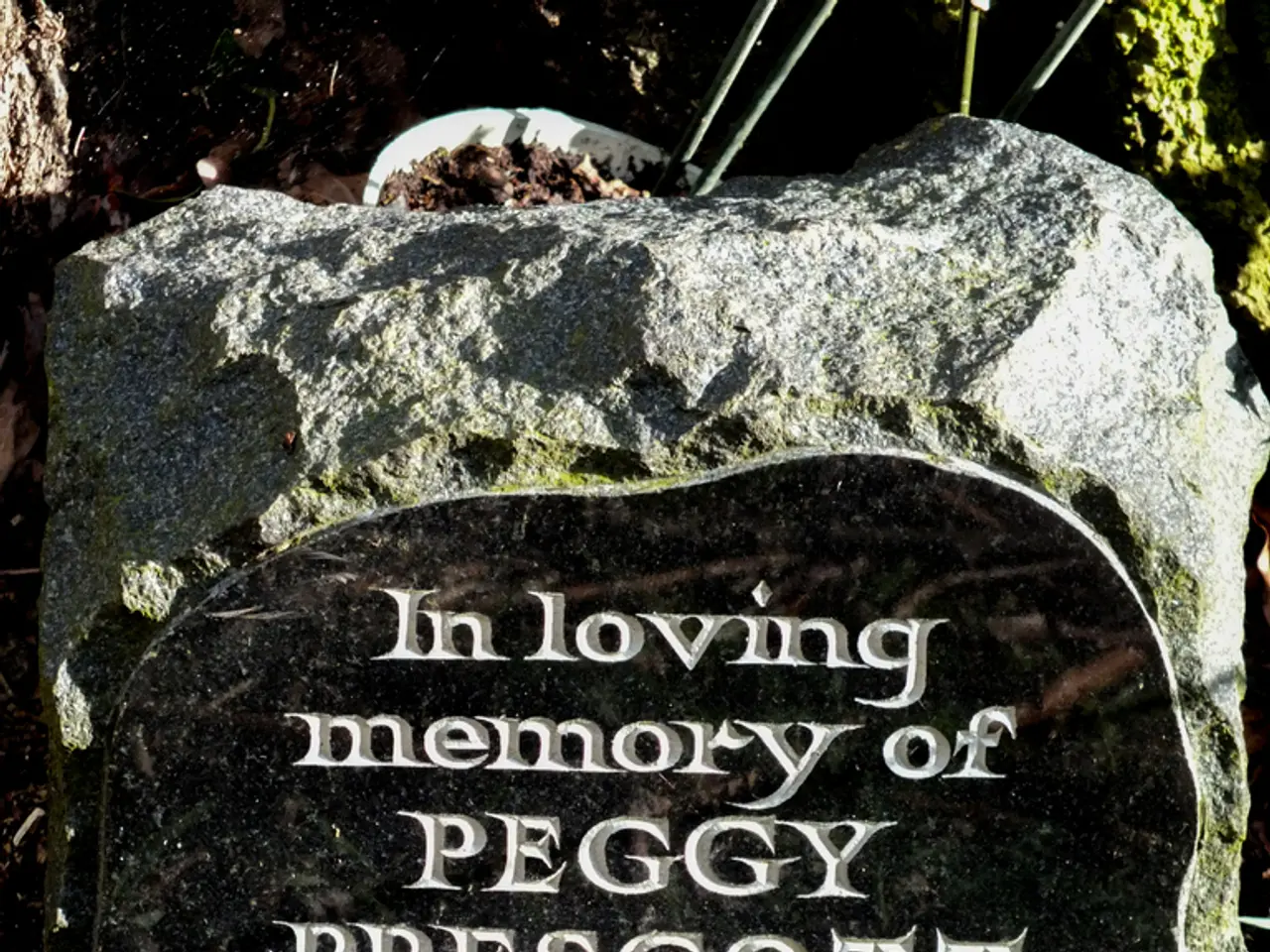Basil Plant Health Through Understanding Soil Depth
Basil, a beloved herb in many kitchens, is relatively easy to grow, but it does require some care and attention to thrive. Here are some tips to help you grow healthy basil plants, whether in containers or in a garden.
If you're growing basil in containers, it's essential to choose a large pot to prevent drying out in hot weather. A large pot allows for better water retention, ensuring your basil doesn't suffer from dry spells.
Watering is crucial for basil growth. The best time to water basil is early in the morning. This allows the water to soak into the soil and reach the roots before evaporation occurs during the day. During dry summer periods, water basil freely to compensate for the lack of natural moisture.
Basil plants require moist soil and approximately 1 inch (2.5 cm) of water per week. However, it's important to avoid wetting basil leaves excessively to prevent fungal issues. If your water source has a high mineral content, avoid splashing water on leaves to prevent white spots.
Deep watering at least once a week encourages deep root growth. Bottom watering is an effective method for basil. To retain soil moisture and minimize weeds, use mulch around basil plants.
Basil doesn't like to be too wet or too dry, especially in containers. It prefers well-draining soil with good organic matter content. Consider using a premium bagged potting mix or creating your own mix with ingredients like coco peat, garden soil, wood chips, and worm castings. Ensure the potting soil has good water retention qualities and avoid using sandy soil.
Basil plants require 6 to 8 hours of direct sunlight daily. In hot climates, provide afternoon shade for basil to protect it from extreme heat. Indoor basil needs a sunny spot or a south-facing window, or grow lights for 10 hours a day.
Basil can grow to about a foot tall in 10 weeks with the right amount of sunlight. Mint plants do not significantly boost basil soil nutrients, so don't expect them to replace regular feeding. Basil benefits from occasional feeding with a water-soluble plant food.
If your basil plants are indoors, consider using a liquid fertilizer designed for houseplants. In a landscape garden, a suitable environment for growing basil is one that uses nutrient-rich soil with good drainage, often maintained by crop rotation and the inclusion of companion plants that optimize nutrient uptake and pest control. Mixing plants with different root depths helps utilize soil resources efficiently and promotes healthy growth of basil.
Wilting leaves could be a sign of overwatering or underwatering. Adjust watering frequency and ensure soil is well-drained. If you notice white spots on the leaves, it might be due to high mineral content in the water, so try to avoid splashing water on the leaves.
By following these tips, you'll be well on your way to growing healthy, vibrant basil plants. Happy gardening!
Read also:
- Johnson & Johnson collaborates with Ho Chi Minh City Oncology Hospital to enhance cancer treatment availability
- Water-Based Adhesives Industry Forecasted to Reach USD 51.6 Billion by 2034
- Enhancing anti-inflammatory responses and promoting oral hygiene by means of turmeric
- Jaguar Swimming Distance Breaks Species Record, Puzzles Researchers







